AIO vs Custom Loop: Which Should You Go For?
There is no denying that building a gaming PC is a positively overwhelming experience that many gamers go through. However, the thing that you need to know is that there are several factors that can go wrong in the process as well and can end up making the things more complicated for those who are just looking to have a decent experience with the options that they have available.

Keeping that in mind, water cooling is one of the factors of PC building and when it comes to that, you have two options; you can either go with AIO liquid cooling, or you can go with a custom loop. The latter being more expensive, difficult to install but with better overall performance, and not to mention, amazing looks, as well.
Our Recommendations
| # | Preview | Product Name | Award | Details |
|---|---|---|---|---|
| 1 | 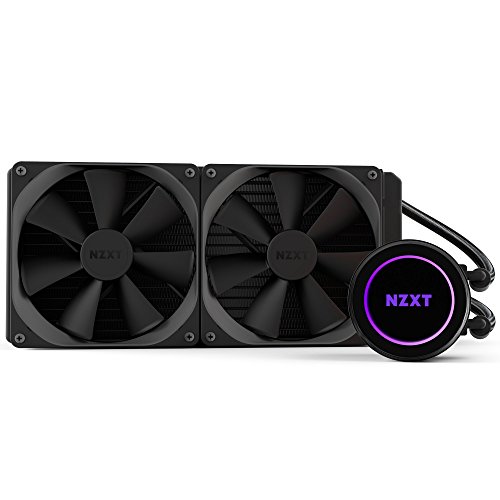 | NZXT Kraken X62 | Best Looking AiO Cooler | Check Price |
| 2 | 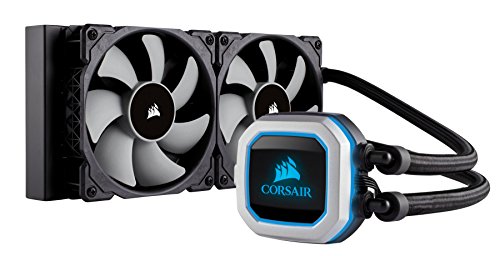 | Corsair Hydro Series H100i Pro | Best 240mm AiO Cooler | Check Price |
| 3 | 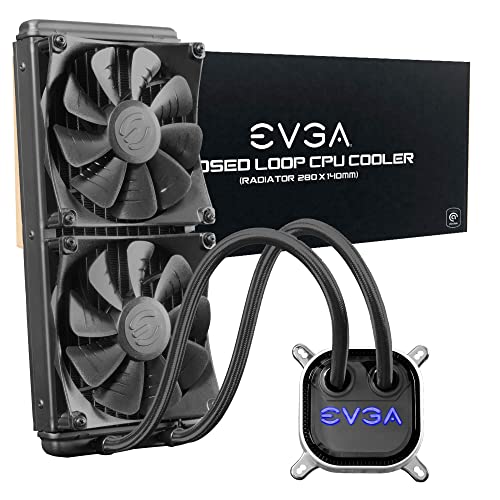 | EVGA CLC 280 | Best 280mm AiO Cooler | Check Price |
| 4 | 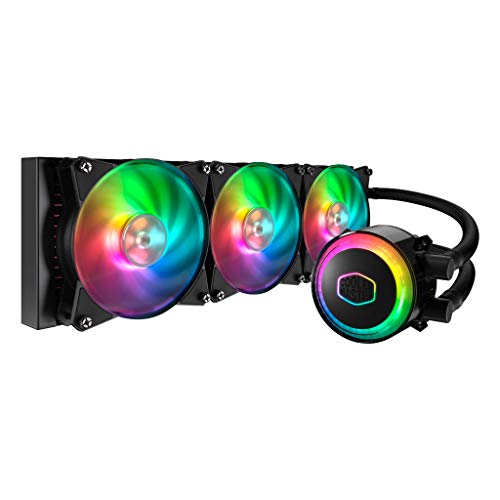 | Cooler Master MasterLiquid ML360R | Best 360mm AiO Cooler | Check Price |
| 5 | 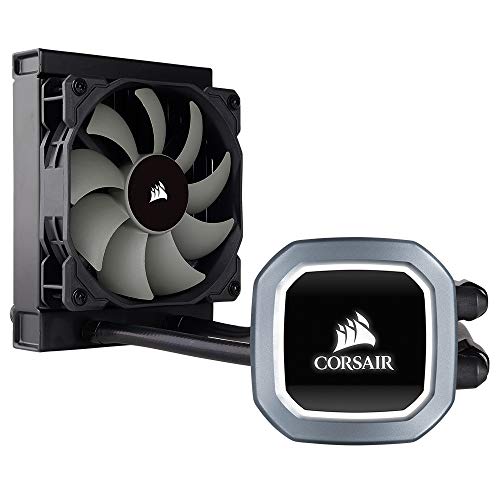 | Corsair Hydro Series H60 | Best 120mm AiO Cooler | Check Price |
| # | 1 |
| Preview |  |
| Product Name | NZXT Kraken X62 |
| Award | Best Looking AiO Cooler |
| Details | Check Price |
| # | 2 |
| Preview |  |
| Product Name | Corsair Hydro Series H100i Pro |
| Award | Best 240mm AiO Cooler |
| Details | Check Price |
| # | 3 |
| Preview |  |
| Product Name | EVGA CLC 280 |
| Award | Best 280mm AiO Cooler |
| Details | Check Price |
| # | 4 |
| Preview |  |
| Product Name | Cooler Master MasterLiquid ML360R |
| Award | Best 360mm AiO Cooler |
| Details | Check Price |
| # | 5 |
| Preview |  |
| Product Name | Corsair Hydro Series H60 |
| Award | Best 120mm AiO Cooler |
| Details | Check Price |
Last Update on 2024-07-26 at 08:19 / Affiliate links / Images from Amazon Product Advertising API
However, on the other hand, an AIO gives water cooling at cheap with decent performance as well as decent looks to boot. As far as the direct comparison is concerned, we are going to shed some light on that factor and decide which option is the better one to go with.
It is true that you can easily buy the best AIO liquid cooler if you are looking to reduce temperatures, but how well will it compete with a custom loop?
Below, you will see a detailed comparison between an AIO and custom loop to see which one comes at the top and why.
Reasons You Should Choose an AIO
Since AIOs are generally more common than a custom loop, we decided to have a look at these before we proceed to a custom loop. The thing about all in one liquid cooler is that they come in a single unit that is comprised of the radiator, pump, water block, and tubes. This allows the manufactures to keep the cost low.

Below, you will find some detailed reasons as to why you should choose an AIO.
- Cheaper: At most an AIO is going to cost you $200 or maybe even $300 if you are really pushing it. However, when it comes to a custom loop, you are likely to spend upwards of $500, or even more in many cases. Believe it or not, the amount of money people spend on custom loops is often enough to build an entire PC from scratch.
- Easy to Install: As I have talked before, with AIO liquid coolers, you do not have to assemble all the parts yourself, and you do not have to fill the loop or run leak tests. Everything is assembled out of the box. You just need to install the radiator, screw in the fans, mount the water block, and you are good to go. Installing an AIO can take 15 minutes to half an hour whereas you will have to spend a day, or maybe, even more, planning acustom loop.
- Time-Saving: This is the perfect Segway from our previous point. With an AIO liquid cooler, you can save a lot of time. In almost all the cases, it is just a simple install that takes a few minutes and you are up and running.
- Less Susceptible to Leaking: True, the chances of a leak are present on both sides. However, with the custom loop, you have to test for leaks before you can proceed. Thankfully, this is not the issue with all in one liquid cooler because they are tested before they are shipped to the consumers.
So, there you have it, some extremely compelling reasons as to why you should opt for an all in one liquid cooler. I am not asking you to choose one over the other, these are just the reasons that more and more people should be aware of.
Who is it For?
Now that you know the reasons you should choose an AIO, your next question could be just who exactly is it for? Well, the answer to this question is rather simple. For anyone who is looking to enter into the realm of water cooling, spending money on a good AIO is your ticket. You do not have to spend a lot of money, and you can still get a pretty decent performance to go along with.
Reasons You Should Settle With a Custom Loop
Now that we know what are the reasons we should go with an AIO, it is time to shift our focus towards the big boy of water cooling. We are talking about the custom loop, of course. Now for those who do not know, making a custom loop means that you have to spend top dollar in order to make a good loop. Below, you will find some of the reasons why you should settle with a custom loop.

- Aesthetics: Simply put, when it comes to custom loop and looks, it is hard to beat. I am not talking about just the hardline tubing, but also some soft tubing that I have seen and I have to tell you that these look incredibly amazing and absolutely gorgeous. You can mix and match the colors and get a truly unique look, which is something that is not attainable by an AIO liquid cooler.
- Performance: Another benefit that we often overlook with the custom loop is the performance factor. You get amazing performance thanks to the ability to use custom water block, radiators, pumps, and reservoirs. Every single aspect of your loop can be customized to give you the best possible performance.
- Wider Coverage: Where an AIO is going to be limited to just the processor, a custom loop provides wider coverage, allowing you to water cool your processor, your GPU, your RAM, and even your power supply, for the sake of it. Sure, the more components you want to cool, the more amount of money you will need to spend, but the fact that you have the option available is definitely something that you should keep in mind.
Needless to say, the benefits of having a custom loop are certainly more than just benefits that are limited to aesthetics. You are getting predominantly higher performance as well, and the ability to cool more components. It does go without saying that if you are looking for higher performance and you do not have any issues about the money, go with the custom look.
Who is it For?
Now that we have explored the features, the main question remains. Who is a custom loop for? Well, answering this question is not that difficult, to begin with. It is fairly evident that this type of liquid cooling is for people who are fully aware of how things work in tandem and who know how to build custom loops, as well.

Surely, you can follow the tutorials and build a loop yourself but even that is going to require some dedication and a lot of patience.
Conclusion
Drawing a conclusion here is not that difficult part. We are well aware of how both liquid cooling solutions work. One thing that should be made clear is that the AIO liquid cooling will never be on the same page as the custom loop because there are so many determinants that tip the scale in the favor of the custom loop, and at the same time, many determinants suggest that AIO liquid cooling is better.
If you want the answer from the perspective of an enthusiast, then with all things considered, the custom loop is a much better option than an AIO liquid cooler. Lastly, if you are one of those who own an enthusiast level motherboard like these 9900k boards, then you might be better off with a custom water cooling solution as the custom loop can be inserted into the motherboards pre-installed water-cooling enabled heatsink for better temperatures of the VRM resulting in better thermal performance during overclocking.





